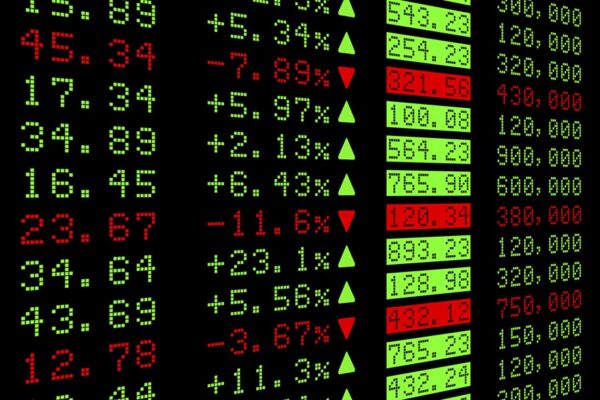Day exchanging stocks is dangerous, all the more so on the off chance that you are untrained. In any case, in the event that you have an eye for spotting market patterns, you can make a slick heap in snappy intra-day bargains. There was a period not very far in the past when exchanging was a basic round of purchasing and moving stocks dependent on one’s own conviction. Presently, specialized examination a study of anticipating future costs from authentic price information has given speculators new tools.
In spite of the fact that day exchanging looks simple, it is not possible for anyone to take the correct call each time and there will be days when one loses cash, now and again a considerable measure of it. Therefore for stock earnings predictions you need to utilize technical tools which would help in prediction.
How it functions
Specialized examination is done based on chronicled price development plotted on a two-dimensional graph. First reason it has turned out to be prevalent is that anyone can take a gander at the diagram and perceive how costs have moved.
Step by step instructions to pick a stock
Great volume and instability are an absolute necessity to pick up from exchanging. While volume ought to in a perfect world be somewhere around 500,000 offers, the stock ought to have a high instability or volatility or high beta. This implies if there is a rise of 1% in index, the stock should also ascend by over 1%. The individuals who don’t comprehend the idea should make sure that the contrast between intra-day high and intra-day low costs of a stock is in any event INR 10. Distinguishing the correct stock and settling a stop-loss level is an absolute necessity. One must adhere to the stop-loss. When you focus in on the stock, take a gander at its volumes and value patterns. For the most part, higher volumes with higher value rise show an uptrend, however it ought not to be viewed as a thumb rule
Stock Trends
Recognizing patterns is essential for stock earnings predictions. In any case, how would you detect a pattern? It’s troublesome, as the market never moves in a straight line. A stock will never fall ceaselessly on a given day and ascend on another.
Moving Averages
One of the generally utilized instruments is the 200-day moving normal. You just need to plot the 200-day moving normal on the price graph. At the point when the cost of the stock transcends the moving average line, it is a signal to purchase, and when the value falls beneath the moving average line, it is a signal to sell. One can likewise look the 50-day moving average or the 10-day moving average. Exchanging is a round of likelihood. In this way, you need to touch base at your very own techniques to choose which parameters suit you the best. In the graphs used at stock exchange markets, Moving Averages, you can see the Sensex development contrasted with the 200-day moving normal of the Sensex. The darker line is the moving normal line.
Relative Strength Index (RSI)
Another important tool used is Relative Strength Index or RSI. This tool thinks about the size of ongoing additions to late misfortunes to check whether a benefit is overbought or oversold. RSI is plotted on a size of 0-100. By and large, on the off chance that it is over 70, the stock is considered overbought thus one can hope to move it. Thus, a RSI of under 30 shows the stock is oversold and can be purchased

